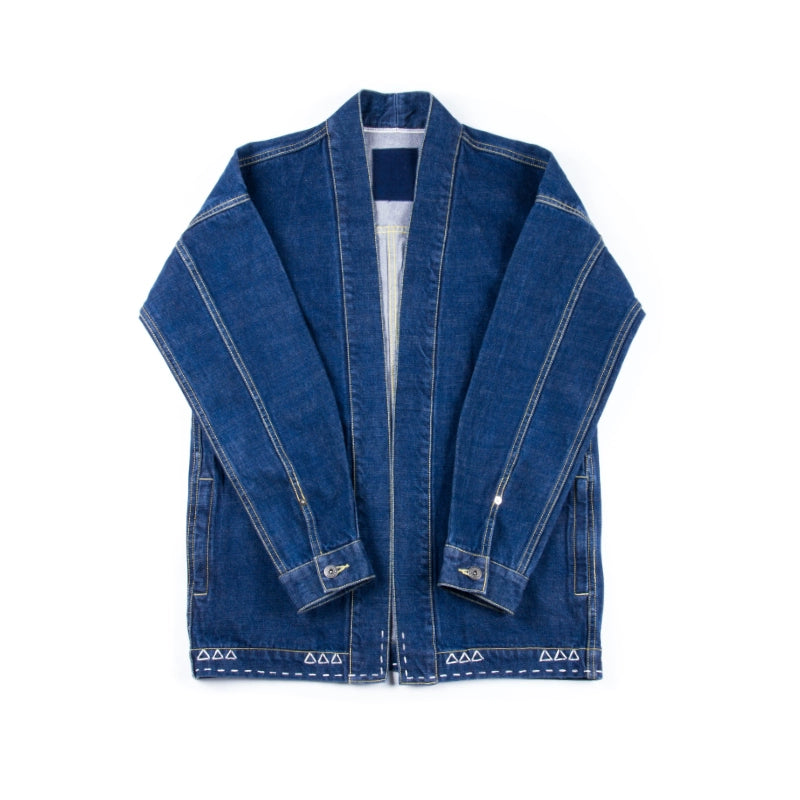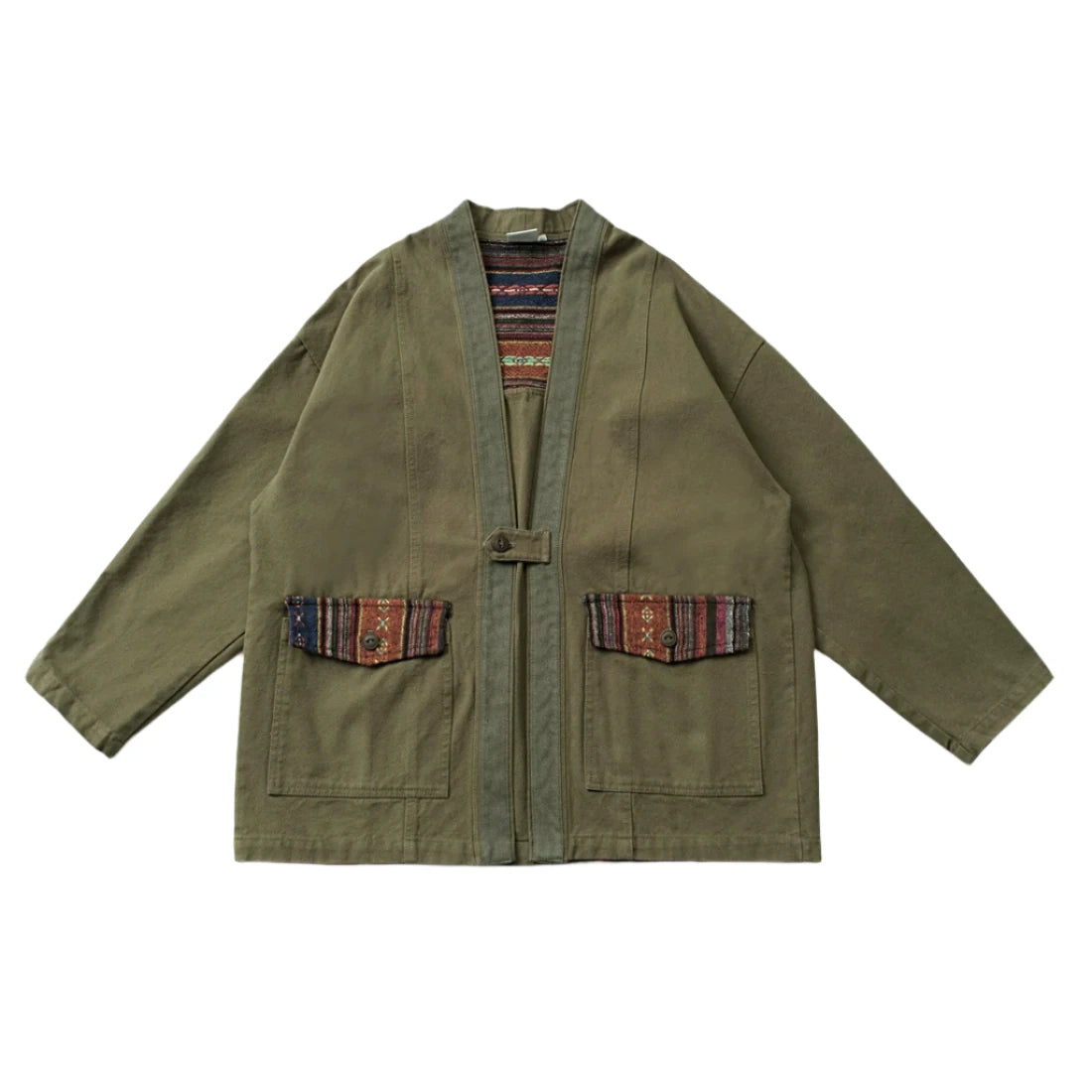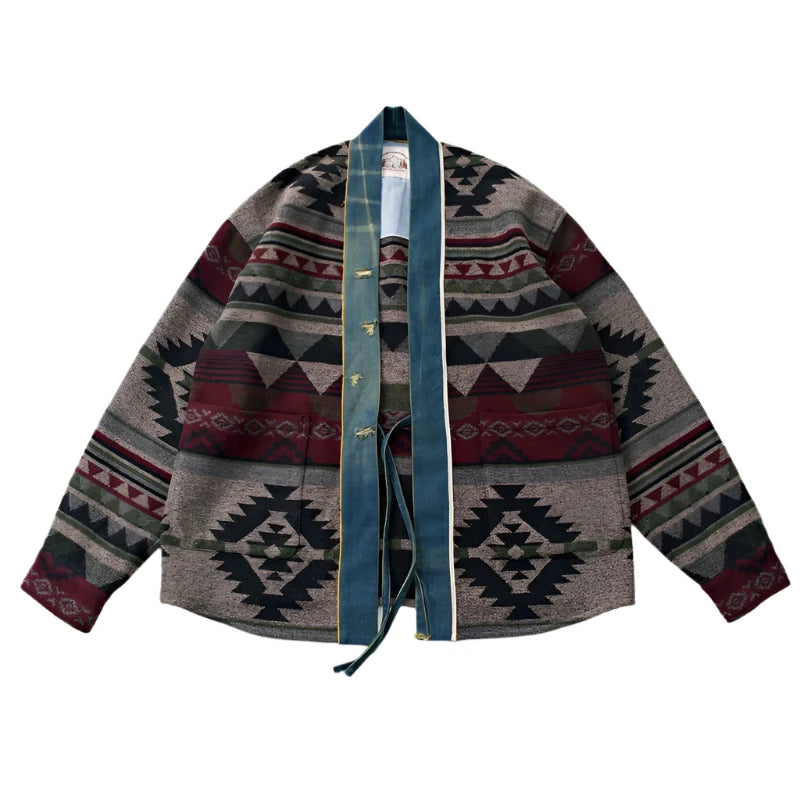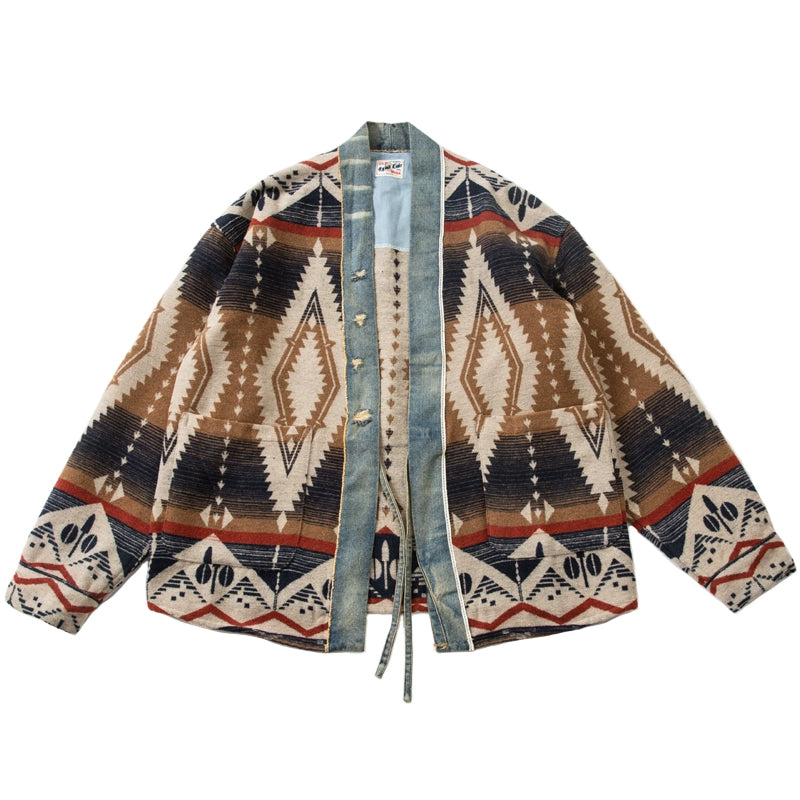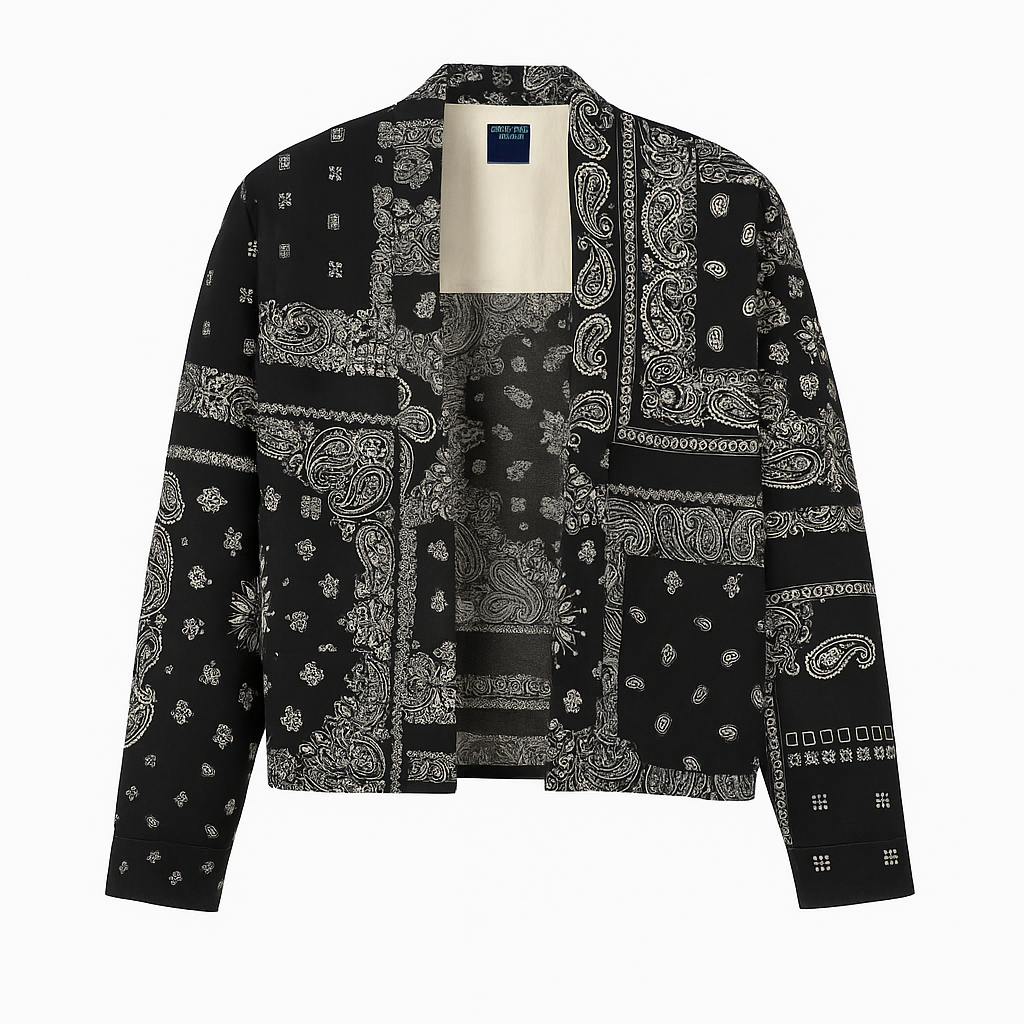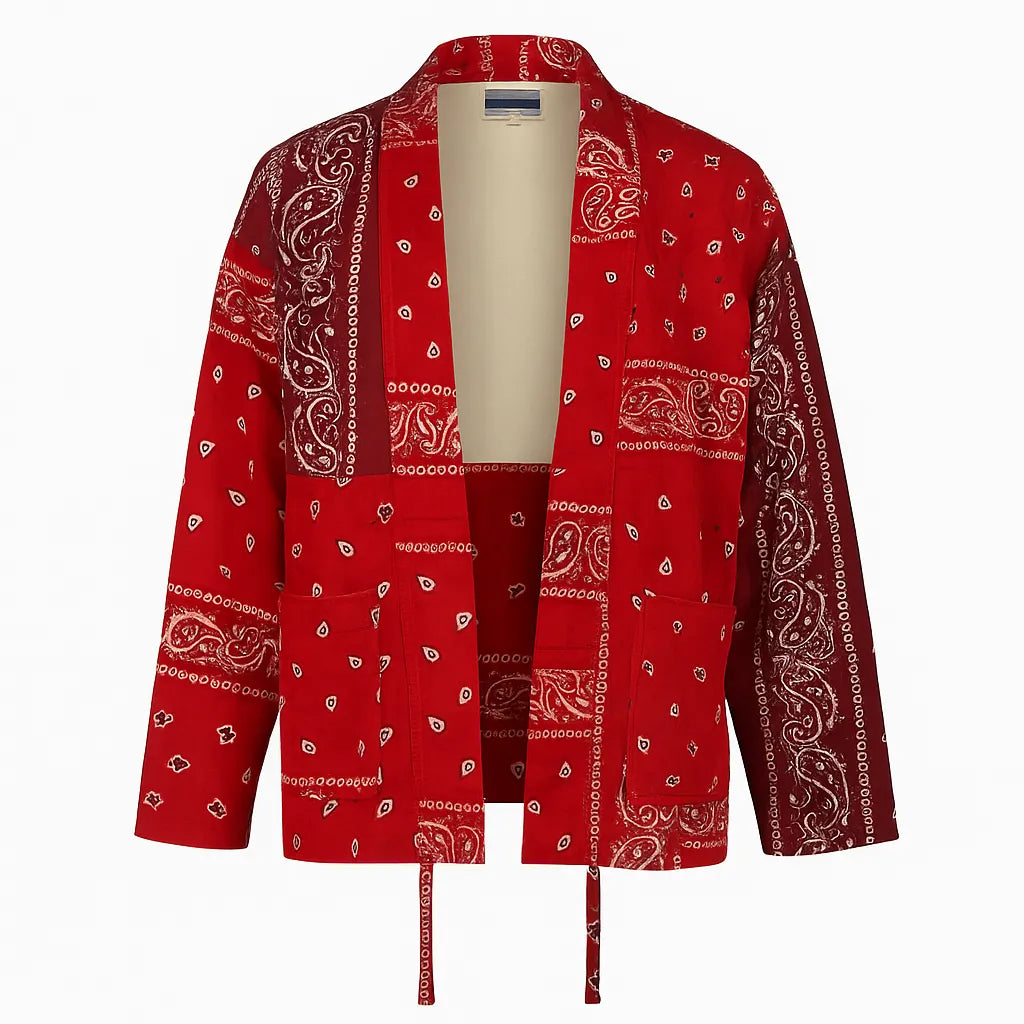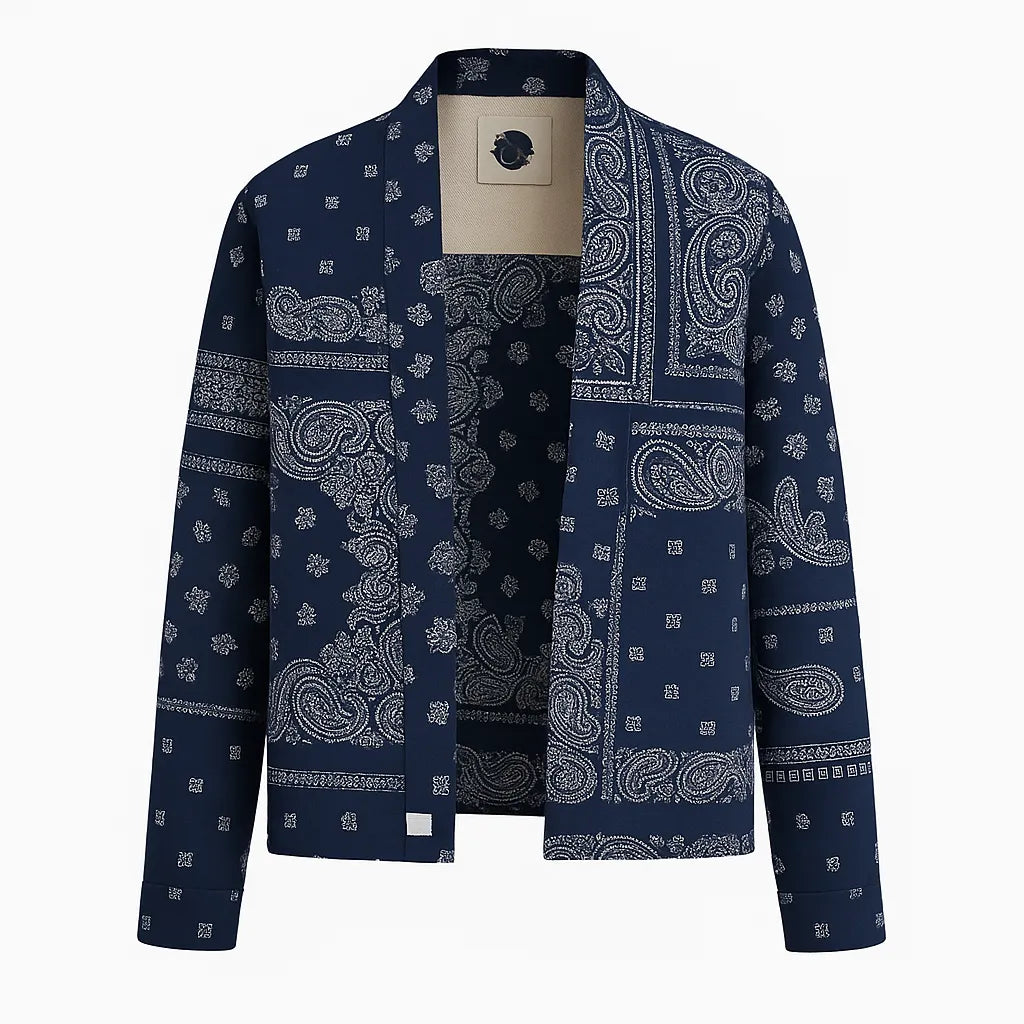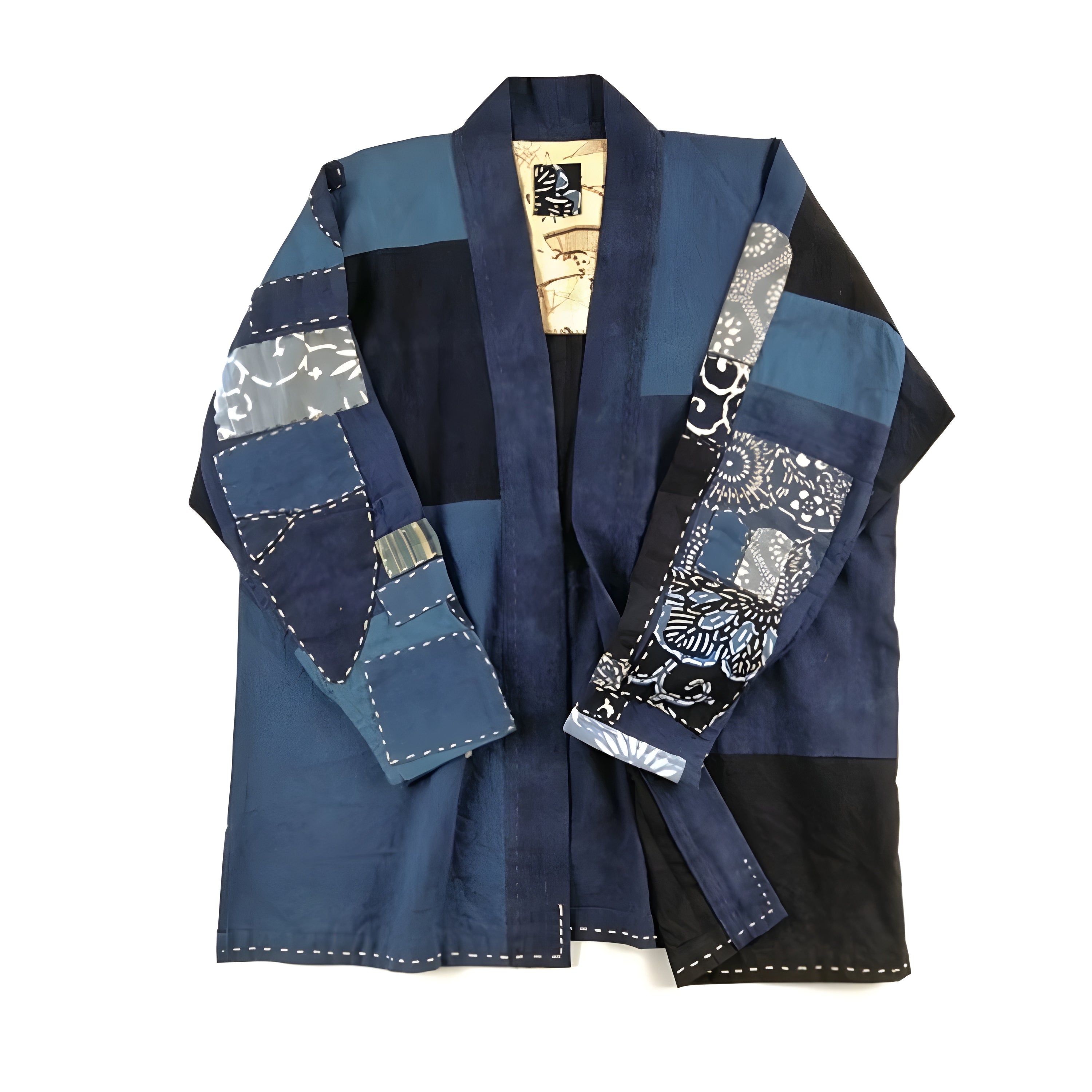Japanese Streetwear for Women: A Modern Guide to Urban Style & Fashion Trends 2024
Japanese streetwear has evolved into a powerful fusion of tradition and modern innovation, creating a unique fashion landscape that's captured global attention. From the bustling streets of Harajuku to international runways, women's Japanese street fashion represents more than just clothing - it's a vibrant form of cultural expression and personal empowerment.
I've witnessed how this distinctive style movement has transformed from its American street fashion roots into something entirely its own. Today, Japanese streetwear for women seamlessly blends avant-garde design elements with meticulous attention to detail, offering a refreshing take on urban fashion. Whether it's bold prints, innovative silhouettes, or unexpected styling combinations, this fashion phenomenon continues to push creative boundaries and inspire fashion enthusiasts worldwide.
The Evolution of Japanese Women's Streetwear
Japanese women's streetwear emerged from a transformative fusion of American street culture and Japanese fashion sensibilities in the 1980s. The style combines traditional Japanese design elements with contemporary urban aesthetics, creating distinctive looks characterized by layered silhouettes and bold patterns.
Key elements of Japanese women's streetwear include:
- Oversized garments with exaggerated proportions for comfort and style
- Mixed textile combinations featuring both natural and synthetic materials
- Avant-garde accessories that blend cultural motifs with modern designs
- High-contrast color palettes incorporating both vibrant and muted tones
- Anime-inspired graphics integrated into everyday wear
The evolution timeline shows significant growth:
| Decade | Key Style Development | Cultural Impact |
|---|---|---|
| 1980s | Introduction of American streetwear | Cultural exchange begins |
| 1990s | Harajuku style emergence | Youth fashion revolution |
| 2000s | High-fashion integration | Global recognition |
| 2010s | Digital influence | Social media expansion |
| 2020s | Sustainable focus | Eco-conscious designs |
Modern Japanese women's streetwear incorporates:
- Cargo elements mixed with feminine details
- Technical fabrics paired with traditional textiles
- Structured silhouettes balanced with flowing elements
- Minimalist designs enhanced by statement pieces
- Functional wear adapted for urban environments
This distinctive style continues to evolve through digital platforms and cross-cultural exchanges, maintaining its position at the forefront of global street fashion trends while preserving its unique Japanese identity.
Key Style Elements and Influences
Japanese streetwear women's fashion combines cultural heritage with contemporary design elements, creating distinct aesthetic expressions. This fusion manifests through innovative styling techniques, fabric choices, and cultural references.
Traditional Meets Modern
Japanese streetwear integrates kimono-inspired silhouettes with technical fabrics, creating layered looks that blend heritage with innovation. Oversized proportions draw from traditional clothing while incorporating modern textile technologies. Key elements include:
- Asymmetrical hemlines reflecting traditional garment construction
- Wide-leg pants paired with structured tops
- Draped fabrics combined with utility details
- Mixed patterns featuring both traditional motifs and urban graphics
- Layered pieces incorporating contrasting textures and lengths
- Graphic prints featuring iconic anime scenes and characters
- Bold color combinations inspired by animation art styles
- Accessories incorporating manga-style illustrations
- Avant-garde silhouettes reflecting animated character designs
- Statement pieces with surreal narrative elements
| Design Element | Influence Source | Style Expression |
|---|---|---|
| Graphic Prints | Anime Art | Character motifs, bold illustrations |
| Silhouettes | Traditional Wear | Oversized, layered, asymmetrical |
| Color Palettes | Pop Culture | High contrast, vibrant combinations |
| Accessories | Street Culture | Technical details, artistic elements |
Popular Streetwear Aesthetics
Japanese streetwear aesthetics blend traditional elements with contemporary urban style, creating distinct fashion expressions. These aesthetics emphasize personal creativity while maintaining cultural authenticity.
Oversized and Layered Looks
Oversized silhouettes dominate Japanese women's streetwear through voluminous outerwear, baggy pants and extended sleeve lengths. The layering technique combines multiple pieces:
- Wide-leg trousers paired with cropped tops
- Oversized hoodies layered under structured coats
- Long-sleeve shirts under short-sleeve graphic tees
- Midi skirts layered over wide-leg pants
- Chunky knit sweaters with asymmetrical hemlines
Key measurements and proportions:
| Element | Typical Size Range |
|---|---|
| Pants | 2-4 sizes larger than standard fit |
| Outerwear | 1-3 sizes oversized |
| Sleeve Length | 3-5 inches longer than standard |
| Layer Count | 3-5 pieces per outfit |
Minimalist and Avant-Garde
Minimalist Japanese streetwear emphasizes clean lines and monochromatic color schemes while incorporating experimental elements:
- Architectural silhouettes with geometric cuts
- Deconstructed basics in neutral tones
- Technical fabrics with subtle texture variations
- Asymmetrical design details
- Raw edges and exposed seams
Color palette distribution:
| Color Category | Usage Percentage |
|---|---|
| Black | 40% |
| White | 30% |
| Gray | 20% |
| Accent Colors | 10% |
- Unconventional fabric combinations
- Experimental draping techniques
- Architectural pleating details
- Geometric cutouts
- Innovative closure systems
Essential Wardrobe Components
Japanese streetwear essentials combine technical innovation with avant-garde design elements. The following components create the foundation for distinctive Japanese street style looks.
Statement Outerwear
Technical fabrics transform outerwear into bold fashion statements through innovative construction techniques. Taped seams integrate with GORE-TEX materials to create weather-resistant pieces in earth-tone palettes. Key outerwear pieces include:
- Oversized technical parkas with utility pockets
- Structured bomber jackets featuring architectural details
- Cropped windbreakers with asymmetrical closures
- Multi-pocket vests with modular components
- Transformable jackets with detachable elements
- Technical bags with waterproof compartments
- Metal-hardware enhanced belts
- Adjustable crossbody pouches
- Multi-wear scarves with toggle closures
- Platform sneakers with chunky soles
- Structured bucket hats with protective features
| Accessory Type | Technical Features | Style Elements |
|---|---|---|
| Bags | Waterproof materials | Multiple compartments |
| Footwear | Enhanced grip soles | Architectural shapes |
| Headwear | Weather protection | Adjustable elements |
| Hardware | Durable metals | Matte finishes |
Styling Tips and Inspiration
Layering Techniques
Japanese streetwear combines multiple garments to create depth through strategic layering. I layer loose-fitting t-shirts under cropped sweaters paired with wide-leg pants for a balanced silhouette. Technical fabrics mix with cotton pieces to add textural contrast while maintaining comfort.
Color Coordination
Japanese street style employs three distinct color approaches:
- Monochromatic: Black technical pants with a charcoal oversized hoodie
- High contrast: Navy cargo pants against a bright yellow cropped jacket
- Tonal: Various shades of beige through cream to white
Proportional Balance
Creating visual harmony requires attention to proportions:
- Pair oversized tops with fitted bottoms (baggy sweater + slim cargo pants)
- Match loose bottoms with fitted tops (wide-leg pants + cropped tee)
- Balance full-volume looks with structured accessories (platform boots + utility belt)
Accessorizing
Strategic accessory placement elevates Japanese streetwear outfits:
- Technical crossbody bags positioned asymmetrically
- Multiple chain necklaces at varying lengths
- Platform sneakers with contrasting sock heights
- Structured bucket hats tilted at an angle
Pattern Mixing
Combine patterns effectively using these principles:
- Scale variation (large geometric prints + small repeated motifs)
- Complementary themes (anime graphics + traditional patterns)
- Balanced distribution (patterned bottom + solid top)
Statement Pieces
Incorporate one focal element per outfit:
- Avant-garde outerwear with technical details
- Graphic sweaters featuring Japanese typography
- Structured pants with multiple cargo pockets
- Platform boots with utilitarian hardware
These styling approaches maintain authenticity while creating distinctive Japanese streetwear looks that reflect personal style preferences.
Conclusion
Japanese women's streetwear stands as a powerful testament to fashion's ability to transcend cultural boundaries while maintaining its authentic roots. I've witnessed how this dynamic style continues to push creative limits and inspire fashion enthusiasts worldwide.
The future of Japanese women's streetwear looks incredibly promising as it embraces sustainability innovation and digital trends. I'm confident that this unique fashion movement will keep evolving while staying true to its core elements of self-expression bold experimentation and cultural fusion.
Whether you're new to Japanese streetwear or a longtime enthusiast I encourage you to explore this vibrant style and make it your own. The beauty of this fashion movement lies in its endless possibilities for personal interpretation.
